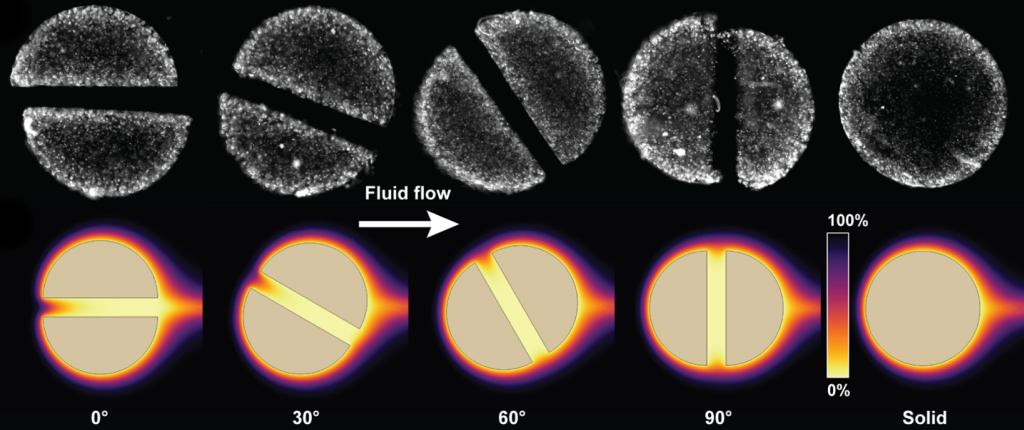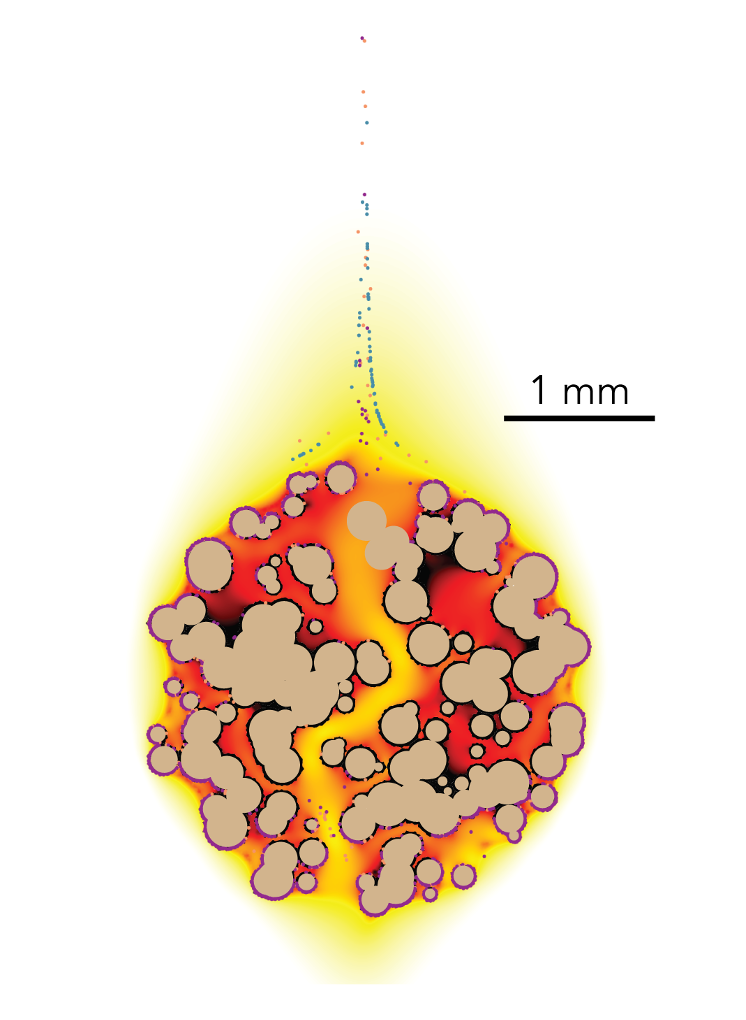There are two length scales we care about: Planetary and Micro. More or less both ends of the spectrum (yes, admittedly, we’re not spanning subatomic particles to the universe, but cut us some slack, please). At the microscale, we’ve conducted a number of experiments in the lab to understand how marine snow particles develop, and in order to extend our empirical data to the real world, we use a variety of tools to model our systems.

Multiphysics finite difference models are quite nice for solving the fluid flow equations and mapping chemical and biological transformations onto the physical diffusion and advection fields. There are two major packages we’ve used, FEATool (a Matlab package) and COMSOL. Bottom line: we’ll use whatever we need to serve the purpose of our scientific goals!
